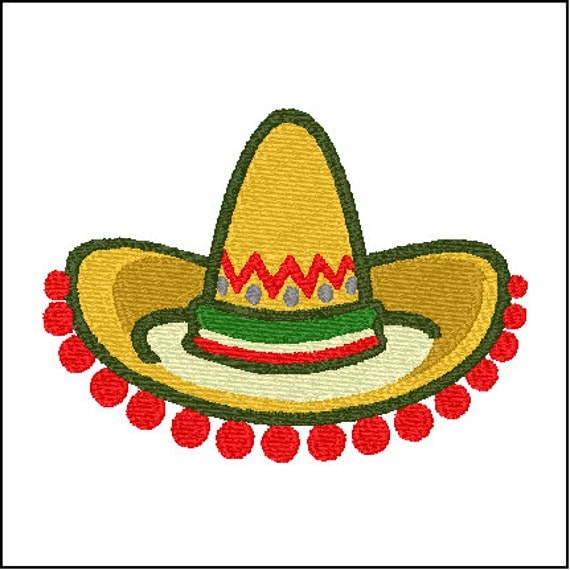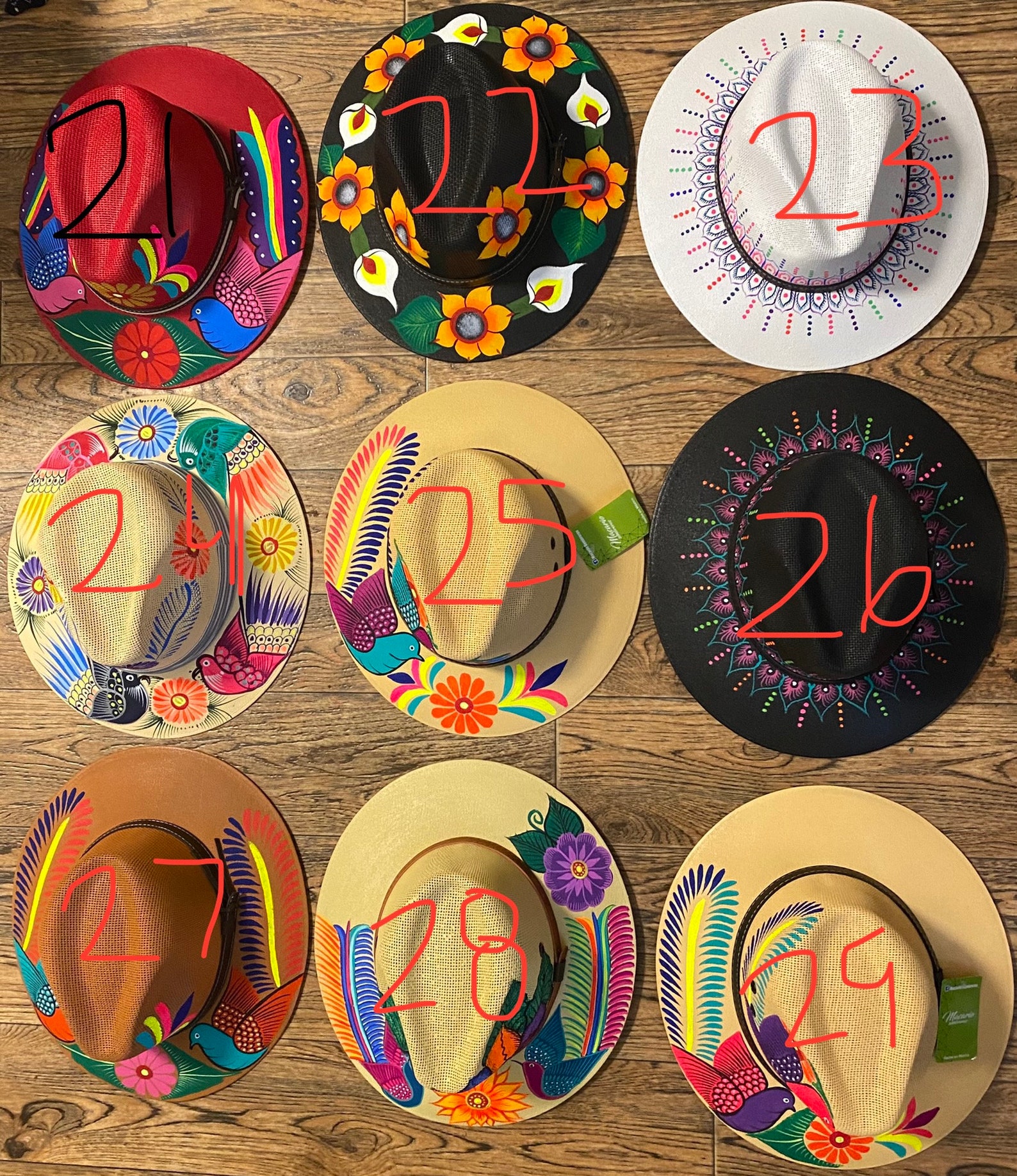
Charro Hats Mexican , Imports!
Mexican Hat is on Hwy 163, 20 miles southwest of Bluff where a bridge passes over the San Juan River. The settlement was founded by E.L. Goodridge who established an unproductive oil claim there in 1908. These days what is on the surface is of more interest than what might lie below. Mexican Hat is the take-out point for daily San Juan River trips.

Mexican party theme, Mexican hat, Sombrero
Mexican Hat plants can thrive in calcareous soils as well as ones that contain clay and limestone but well-drained, sandy loam is best. The optimum pH for Mexican Hat plants is 6.8 to 7.2. To put that into perspective, soil pH values generally range from 3.5 to 10 so this plant fits right in the middle, with neutral soils.

sombrero vector Google Search in 2020 Mexican sombrero hat, Mexican hat, Sombrero
Like Mexican cuisine, the sombrero also has a rich history that spans centuries. To help you understand its role in local tradition, here is a quick overview of sombrero history. Origin of Sombreros. Sombreros date back to as early as the 15th century in Spain, with their name coming from the Spanish word Sombra, which means shade.

Mexican Artisanal Hat. Embroidered Mexican Hat. Colorful Suede Etsy
Common Name: Mexican Hat. Other Names: Prairie Coneflower, Upright Prairie Coneflower. Species Name: Ratibida columnifera. Plant Type: Forb. Family Name: Asteraceae, Sunflower Family . Examples of Mexican Hat Ratibida columnifera. Flowers yellow to red-brown with elevated, cylindrical center; petals drooping.

Mexican Hat pattern forming in the Gold to Bond ratio
The Mexican hat flower (Ratibida columnifera) or prairie coneflower is a pretty, ornamental wildflower species with drooping mahogany-red blooms that are tinged with yellow on the edges and long, prominent cylindrical disks in the center. Mexican hat flower is drought-tolerant, grows best in hot and dry regions, requires full sun, and neutral or alkaline soil.

GiftExpress Mexican Sombrero Hat Adults with Serape Trim, 21" Wide Authentic
Mexican hat flowers are hardy perennial wildflowers native to northern Mexico and the United States prairies. They can spread easily because they self-seed and are brilliant plants for pollinating birds and insects. Mexican hat flowers are also great ornamental plants for the backyard. 26. Mexican Bird of Paradise (Caesalpinia pulcherrima)

BTYMS 8 Pieces Mini Sombrero Party Hats Mexican Hat Party Decorations Party Supplies
The Mexican hat flower gets its name from the gigantic cone in the middle of the flower, which is said to resemble a sombrero or hat. It comes in a wide range of colors from dark red, reddish brown, and red and yellow. The Mexican hat plant has a very active growing season and blooms from late spring into early fall.

Mexican Fiesta Sombrero Hat With Pom Poms Party Fancy Dress Costume Accessory
Sombrero, broad-brimmed high-crowned hat made of felt or straw, worn especially in Mexico and the southwestern United States. The sombrero, its name derived from the Spanish word sombra, meaning "shade," first appeared in the 15th century. Gentlemen often wore tan, white, or gray felt sombreros,

12 X MEXICAN STRAW SOMBRERO LARGE HATS IDEAL FANCY DRESS Buy Online in United Arab Emirates at
Name Description Ascot cap: A hard style of hat, usually worn by men, dating back to the 1900s.. Hat with a distinctly downward-facing brim similar to the shape of a mushroom or toadstool.. A Mexican hat with a conical crown and a very wide, saucer-shaped brim, highly embroidered made of plush felt.

Sombrero Mexican Hat Embroidery Design
And it actually gets its name from the Spanish word Sombra, which means shade. Interesting! Now, let's get to know this type of hat. And let's unravel some facts if you ever want to try and buy yourself a sombrero. What Is a Sombrero Hat? The Mexican Sombrero is a wide-brimmed hat of straw, felt, or velvet with brightly colored patterns.

Mexican Sombrero Straw Hat with Blue Design I Love Fancy Dress
The name "Mexican Hat" comes from the flower's resemblance to the traditional sombrero worn by Mexican farmers. The flower head is shaped like a cone, with drooping petals that resemble the brim of a hat. Ratibida columnifera is a member of the sunflower family (Asteraceae). It is closely related to other popular garden plants such as.

Mexican sombrero traditional hat Royalty Free Vector Image
Mexican Hat is also the name of a census-designated place that takes its name from the rock formation (it was founded in 1908). The population here is only around 30 people.

Mexican Hat Amazon.co.uk
The charro is quite possibly the most ubiquitous Mexican hat in the imaginations of the rest of the world.This sombrero has a wide flat brim and a raised top that looks like someone took two giant fingers and squeezed it. A version of this hat is what you will most often see mariachi musicians wearing, sometimes with brims that extend further from the original charro design but are always.

PIGALLE Mexican Hat Vintage Mariachi Sombrero 7X XXXXXXX Black Etsy Canada Sombreros, Mexico
A sombrero (Spanish for 'hat', lit. 'shadower'; Spanish: [somˈbɾeɾo]) is a type of wide-brimmed Mexican men's hat used to shield the face and eyes from the sun. It usually has a high, pointed crown; an extra-wide brim (broad enough to cast a shadow over the head, neck, and shoulders of the wearer) that is slightly upturned at the edge; and a chin strap to hold it in place.

Hand painted Mexican hats medium Etsy
Sombrero Hat - History and Types of Sombrero Hats What is Sombrero hat? Sombrero is a traditional Mexican hat with a wide brim that is regularly worn by workers, middle and upper-class people, and during celebrations. Created to easily protect the wearer from the strong sun, sombrero hats are distinguished by the extra-wide brims, high and pointed crowns, and in larger hats, a chin strap.

Black Mexican Sombrero Hat Gold Trims Pom Poms LETZ PARTY
Mexican Hats are a Timeless Icon of Culture. The sombrero has a long history that dates back to the pre-Columbian era. The word "sombrero" itself is derived from the Spanish word for "shade". Its design is highly practical, featuring a wide, round brim that provides ample shade and a high, pointed crown that helps with ventilation.